Home>Technology>Smart Home Devices>What Is In Printer Ink
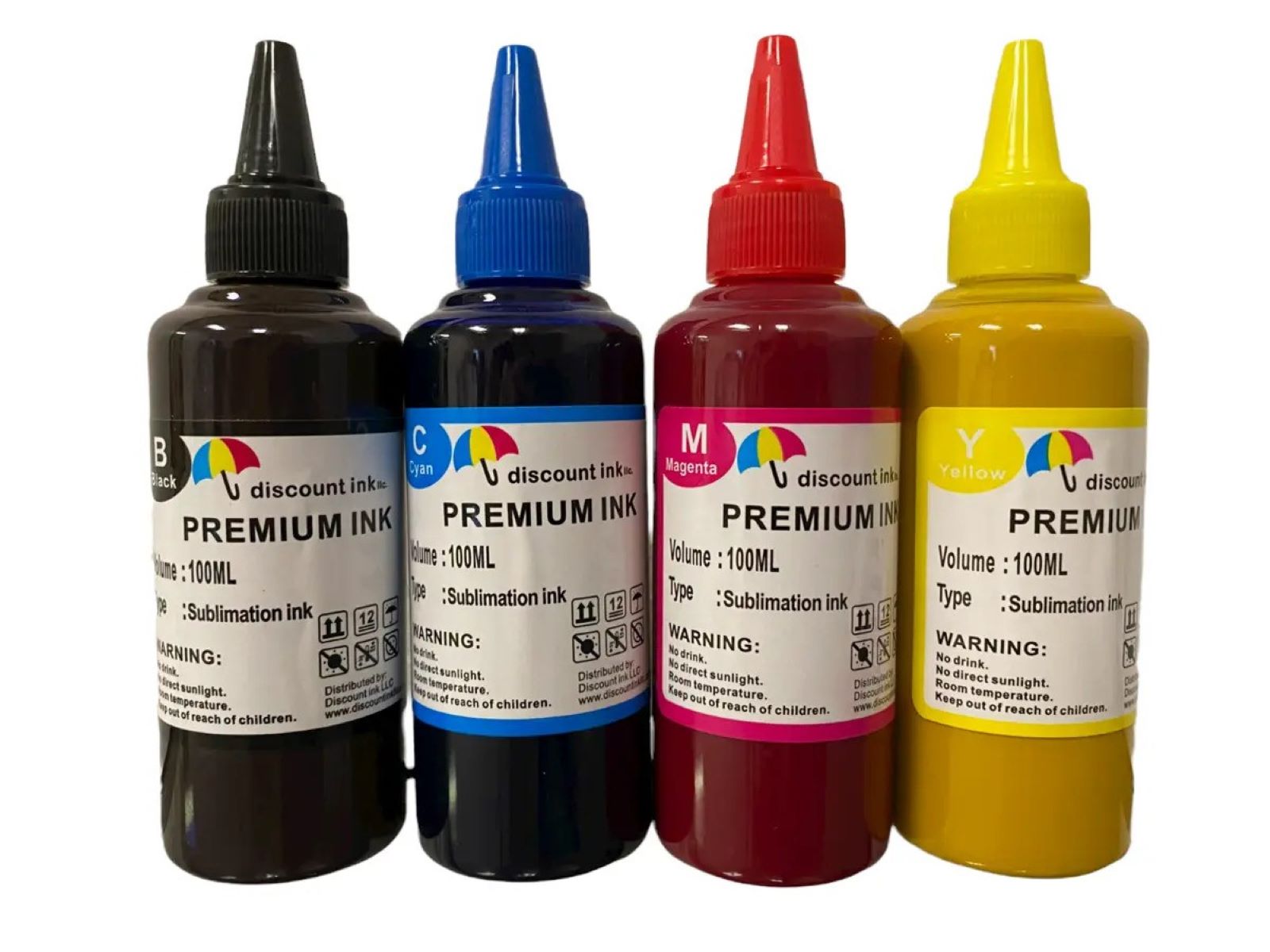

Smart Home Devices
What Is In Printer Ink
Modified: January 9, 2024
Discover the best smart home devices for your printer ink needs. Explore innovative solutions to enhance your printing experience and streamline your home office setup. Unlock the potential of smart technology for efficient printing.
(Many of the links in this article redirect to a specific reviewed product. Your purchase of these products through affiliate links helps to generate commission for Storables.com, at no extra cost. Learn more)
Introduction
Read more: What Is Printer Ink Made Of
Introduction
Printer ink is a crucial component of the printing process, playing a significant role in producing high-quality documents and images. Whether you're printing out a report for work, a colorful photograph, or a boarding pass for your next adventure, understanding the intricacies of printer ink can enhance your appreciation for this essential consumable. In this article, we'll delve into the fascinating world of printer ink, exploring its components, types, functionality, and environmental impact. By the end, you'll have a comprehensive understanding of what printer ink is and how it shapes the printing landscape. Let's embark on this enlightening journey to uncover the secrets of printer ink and its pivotal role in modern printing technology.
Key Takeaways:
- Printer ink is a complex liquid made of pigments or dyes, a carrier, additives, and resins. Understanding its components helps in choosing the right ink for high-quality prints, whether for photos or documents.
- Different types of printer ink, such as dye-based, pigment-based, sublimation, and UV-curable, cater to specific printing needs. Knowing the distinctions empowers users to create vibrant images, durable documents, and innovative prints.
Components of Printer Ink
Printer ink is a carefully formulated liquid that comprises several key components, each playing a crucial role in the printing process. Understanding these components can provide valuable insights into the composition of ink cartridges and their impact on print quality. The primary components of printer ink include:
- Pigments or Dyes: The colorant in printer ink is typically derived from pigments or dyes. Pigments are solid, insoluble particles that provide vibrant and long-lasting colors, making them ideal for high-quality photo prints. On the other hand, dyes are soluble inks that offer a wide color range and are commonly used in everyday document printing.
- Vehicle: The vehicle in printer ink acts as a carrier for the colorant, ensuring smooth and consistent ink flow from the cartridge to the paper. It also aids in quick drying and prevents clogging of the print nozzles, contributing to the overall print quality.
- Additives: Printer ink contains a variety of additives to enhance its performance and longevity. These may include surfactants to control the ink’s surface tension, humectants to prevent the ink from drying out, and stabilizers to maintain color consistency over time.
- Resins: In some ink formulations, resins are added to improve adhesion to the printing surface, resulting in sharper and more durable prints. Resins also contribute to the ink’s resistance to fading and smudging.
By understanding the intricate interplay of these components, users can make informed decisions when selecting ink cartridges based on their specific printing needs. Whether it’s producing vivid photographs or crisp text documents, the composition of printer ink significantly influences the output quality and longevity of printed materials.
Types of Printer Ink
Printer ink comes in various formulations tailored to meet the diverse printing requirements of users. Understanding the different types of printer ink can help individuals make informed choices based on their specific printing needs. The primary types of printer ink include:
- Dye-Based Ink: Dye-based ink is well-suited for everyday printing tasks, such as text documents and graphics. It offers a wide range of vibrant colors and is ideal for producing high-quality images and photographs. However, prints made with dye-based ink may be susceptible to fading over time, especially when exposed to light and environmental factors.
- Pigment-Based Ink: Pigment-based ink is favored for its durability and resistance to fading, making it an excellent choice for archival-quality prints. This type of ink is commonly used for professional photo printing and document production, delivering long-lasting and smudge-resistant results. While pigment-based ink excels in print longevity, it may have a slightly more limited color range compared to dye-based ink.
- Sublimation Ink: Sublimation ink is designed for specialized printing applications, particularly for creating vibrant and long-lasting images on materials such as fabric, ceramics, and metal. This ink undergoes a unique process where it transitions from a solid to a gas state without passing through the liquid phase, resulting in vivid and durable prints with exceptional color vibrancy.
- UV-Curable Ink: UV-curable ink is cured using ultraviolet (UV) light, offering rapid drying and exceptional adhesion to a wide range of substrates. This type of ink is commonly used in industrial printing processes, including signage, packaging, and large-format printing, where quick drying and durability are paramount.
Each type of printer ink has its unique characteristics and is formulated to cater to specific printing applications. By understanding the distinctions between these ink types, users can make informed decisions when selecting the most suitable ink for their printing projects, whether it’s creating stunning photographs, producing archival-quality documents, or exploring innovative printing techniques.
How Printer Ink Works
Understanding the inner workings of printer ink can provide valuable insights into the printing process and the technology behind producing high-quality prints. When a print command is initiated, whether for a document, photograph, or artwork, the printer ink undergoes a meticulously orchestrated process to transfer images and text onto paper. The fundamental steps involved in how printer ink works include:
- Printhead Activation: Upon receiving the print command, the printer’s printhead is activated, initiating the precise ejection of microscopic ink droplets onto the paper. The printhead, equipped with tiny nozzles, orchestrates the controlled release of ink, ensuring accurate placement and coverage.
- Ink Deposition: As the ink droplets are ejected from the printhead, they land on the paper’s surface, forming the desired text, graphics, or images. The ink’s composition, whether dye-based or pigment-based, influences factors such as color vibrancy, print longevity, and resistance to environmental elements.
- Drying and Absorption: Once the ink is deposited onto the paper, it undergoes a rapid drying process facilitated by the ink’s formulation and the paper’s absorbent properties. Quick drying is essential in preventing smudging and ensuring the print’s sharpness and clarity.
- Color Mixing and Layering: In color printing, the printer combines primary ink colors to achieve a wide spectrum of hues and shades. By layering microscopic ink droplets in precise patterns, the printer creates a diverse range of colors and gradients, resulting in stunning and lifelike prints.
- Print Finishing: Upon completing the ink deposition process, the printed material may undergo additional treatments, such as lamination or coating, to enhance its durability, water resistance, and overall quality. These finishing touches contribute to the longevity and visual appeal of the printed output.
By comprehending the intricate sequence of events involved in how printer ink works, users can gain a deeper appreciation for the technology that transforms digital content into tangible prints. Whether it’s the precision of printhead operation, the chemistry of ink drying, or the artistry of color mixing, printer ink represents a harmonious fusion of science and creativity, shaping the way we bring digital content to life on paper.
When buying printer ink, look for the type that is compatible with your printer model. It’s important to check the ink cartridge number and ensure it matches your printer to avoid compatibility issues.
Read more: What Is The Ink Absorber On A Canon Printer
Environmental Impact of Printer Ink
Printer ink, while essential for producing high-quality prints, can have environmental implications throughout its lifecycle. From manufacturing and usage to disposal, understanding the environmental impact of printer ink is crucial for making sustainable choices and minimizing ecological footprints. The key aspects of the environmental impact of printer ink include:
- Manufacturing Processes: The production of printer ink involves various chemical compounds, energy-intensive processes, and resource extraction, contributing to carbon emissions and environmental strain. Manufacturers are increasingly adopting eco-friendly practices, such as utilizing renewable energy and reducing hazardous substances, to mitigate the environmental impact of ink production.
- Consumption and Waste: The usage of printer ink cartridges and the eventual disposal of empty cartridges pose environmental challenges. Ink cartridges, if not properly recycled, can contribute to electronic waste and landfill accumulation. Encouraging responsible ink cartridge recycling and refilling initiatives can help minimize the environmental impact of printer ink consumption.
- Print Longevity and Efficiency: Maximizing the longevity of prints and optimizing ink usage can reduce the overall environmental impact of printing. Utilizing high-quality ink formulations that resist fading and employing efficient printing practices, such as double-sided printing and draft mode, can conserve resources and minimize ink consumption.
- Ink Cartridge Recycling and Refilling: Embracing ink cartridge recycling programs and refilling empty cartridges can significantly reduce the environmental footprint of printer ink. By extending the lifecycle of ink cartridges through responsible recycling and refilling, users can contribute to resource conservation and waste reduction.
- Innovations in Eco-Friendly Ink Formulations: Ongoing research and development efforts are focused on creating eco-friendly ink formulations with reduced environmental impact. These formulations aim to enhance print longevity, minimize resource consumption, and employ sustainable materials, aligning with the growing demand for environmentally conscious printing solutions.
By recognizing the environmental implications of printer ink and embracing sustainable practices, individuals and businesses can play a pivotal role in mitigating the ecological impact of printing. From eco-conscious ink cartridge management to the adoption of innovative ink technologies, prioritizing environmental responsibility can foster a more sustainable approach to printing while preserving natural resources for future generations.
Conclusion
Printer ink, with its intricate composition, diverse formulations, and environmental considerations, stands as a cornerstone of modern printing technology. As we conclude our exploration of printer ink, it’s evident that this seemingly humble consumable possesses a profound impact on the quality of printed materials, the efficiency of printing processes, and the sustainability of our printing practices. By understanding the components of printer ink, the various ink types available, and the inner workings of inkjet printing, individuals can make informed decisions to elevate their printing experiences while minimizing environmental impact.
From the vibrant hues of dye-based ink to the enduring resilience of pigment-based ink, each ink type offers unique advantages tailored to specific printing needs. Whether it’s producing captivating photographs, preserving archival documents, or venturing into innovative printing applications, the diverse array of printer ink types empowers users to unleash their creativity and achieve exceptional print results.
Furthermore, the environmental impact of printer ink underscores the importance of embracing sustainable printing practices. By prioritizing ink cartridge recycling, optimizing ink usage, and supporting eco-friendly ink formulations, individuals and businesses can contribute to a greener and more environmentally conscious approach to printing. These collective efforts can foster a more sustainable printing landscape, where resource conservation, waste reduction, and responsible ink management play integral roles in shaping a brighter, eco-friendly future.
In essence, printer ink transcends its role as a mere consumable and emerges as a catalyst for creativity, efficiency, and environmental stewardship. As technology continues to evolve and ink formulations advance, the journey of printer ink unfolds with endless possibilities, promising enhanced print quality, reduced environmental impact, and a seamless fusion of innovation and sustainability.
As we navigate the realms of printing and digital expression, let us embrace the transformative power of printer ink, harnessing its potential to bring our imaginations to life on the canvas of paper, while treading lightly on the planet we call home.
Frequently Asked Questions about What Is In Printer Ink
Was this page helpful?
At Storables.com, we guarantee accurate and reliable information. Our content, validated by Expert Board Contributors, is crafted following stringent Editorial Policies. We're committed to providing you with well-researched, expert-backed insights for all your informational needs.
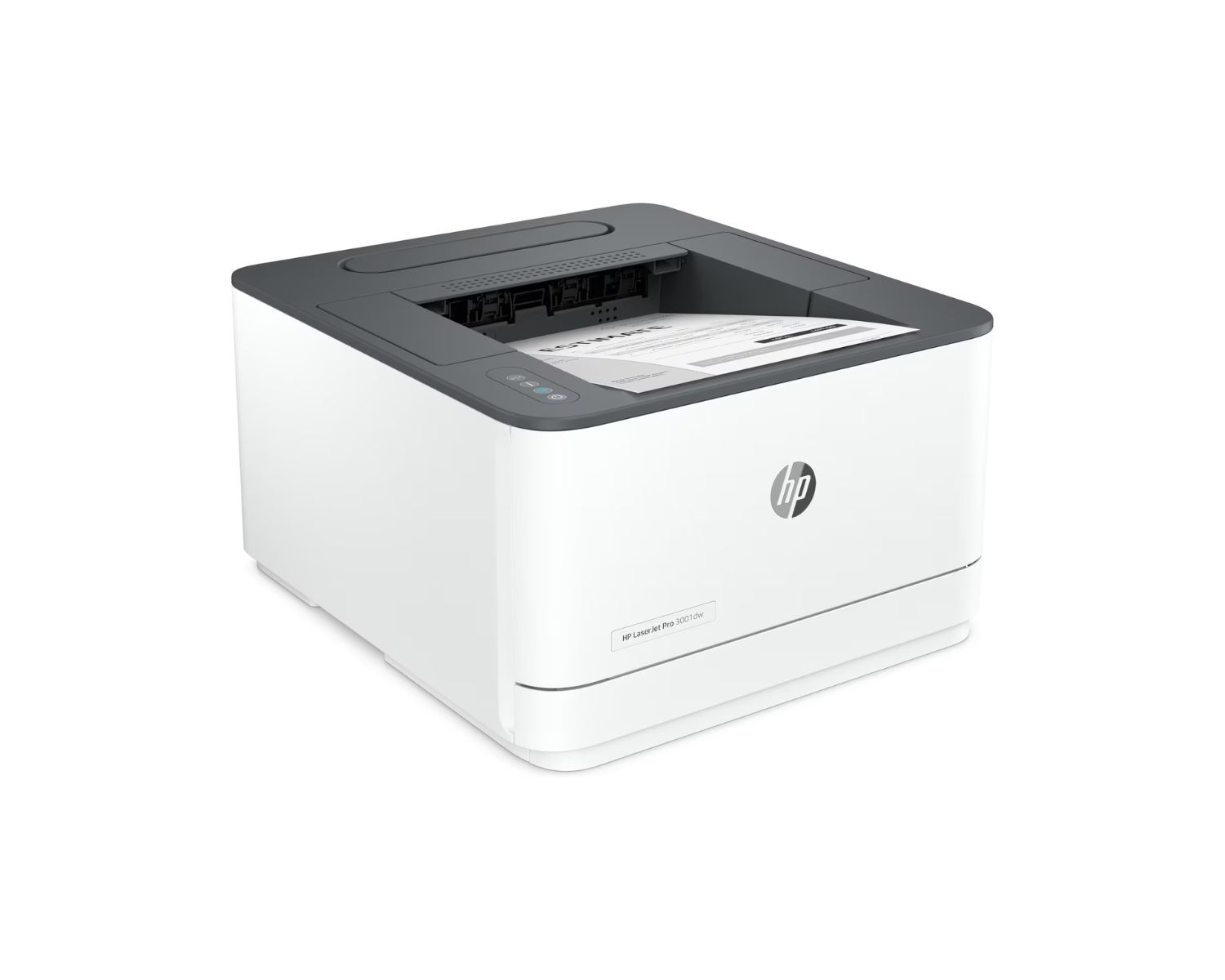
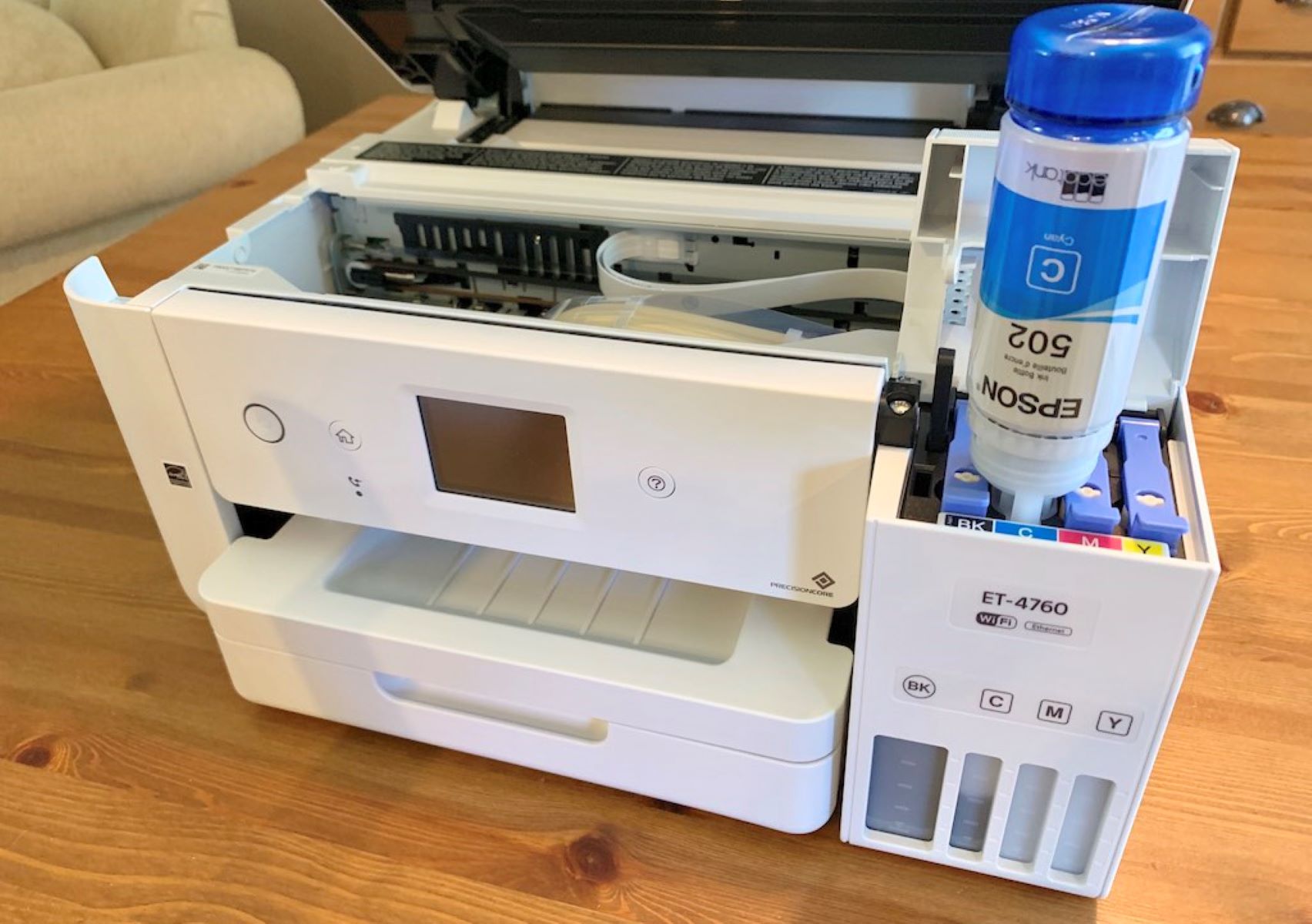
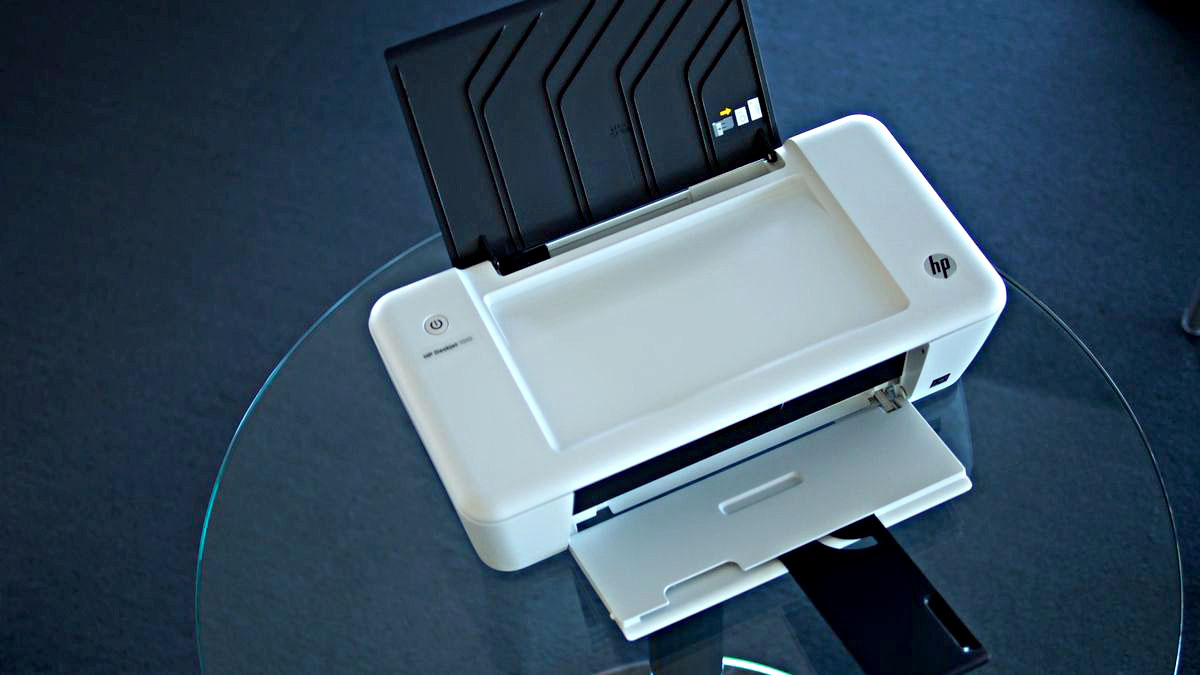
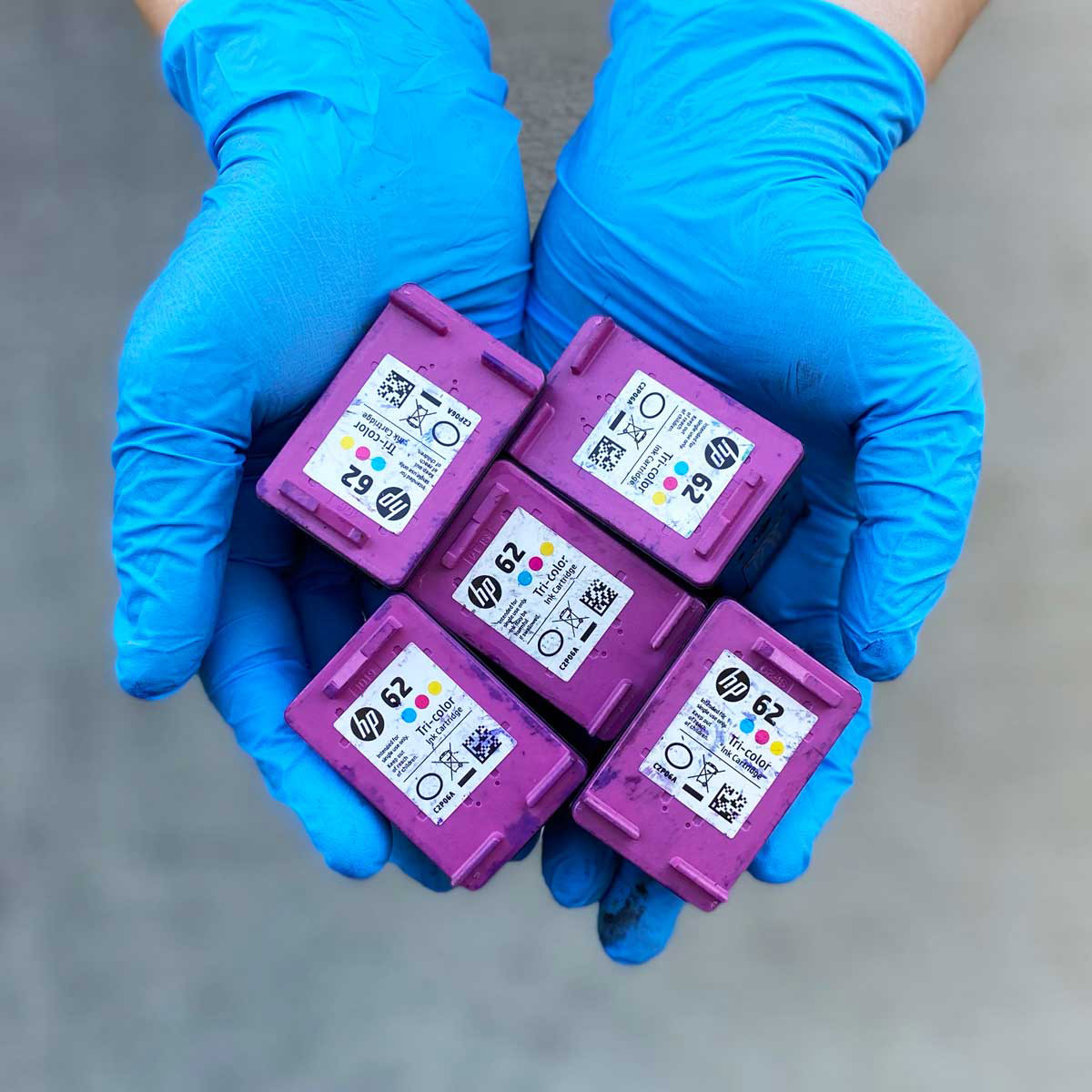
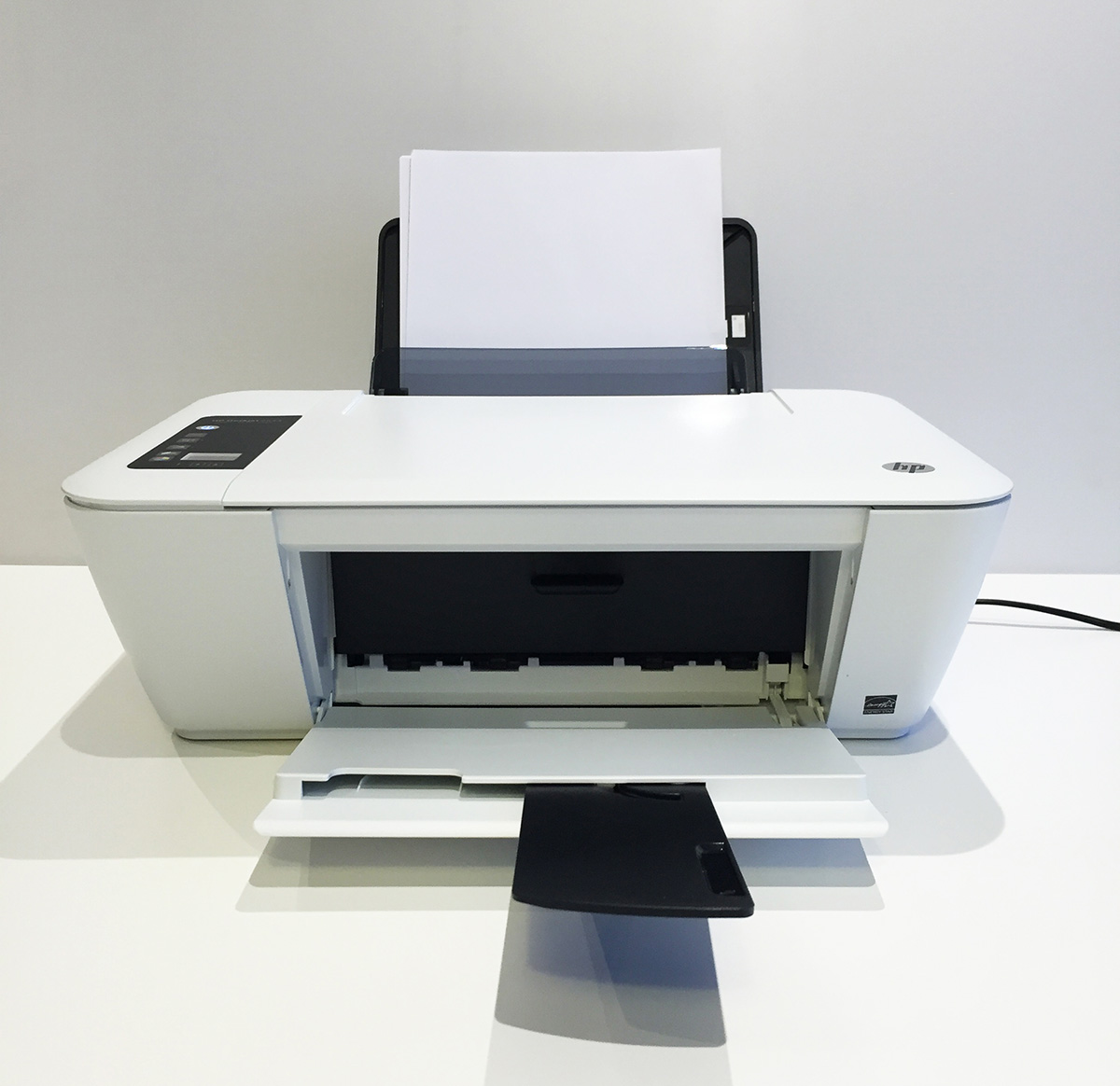
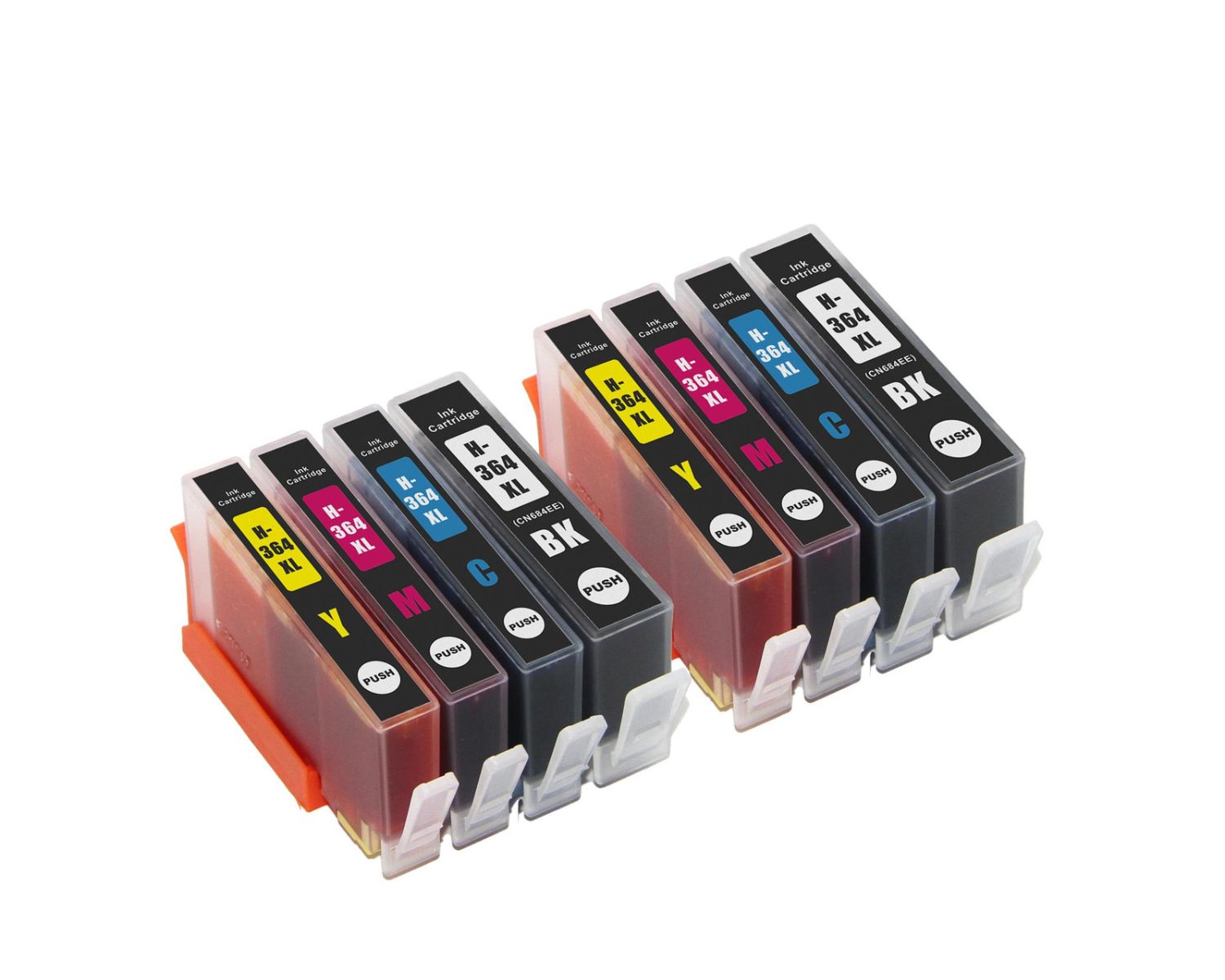
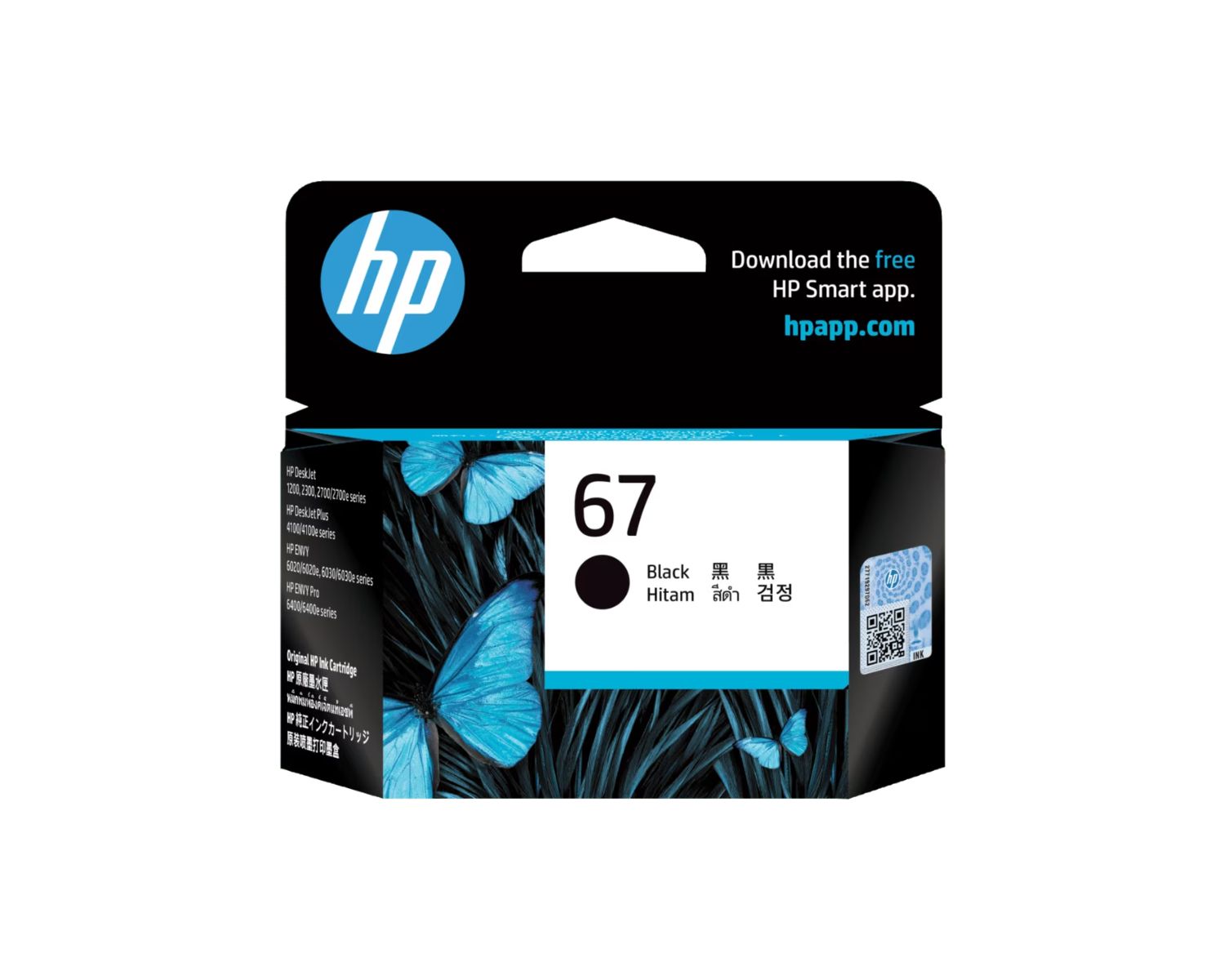
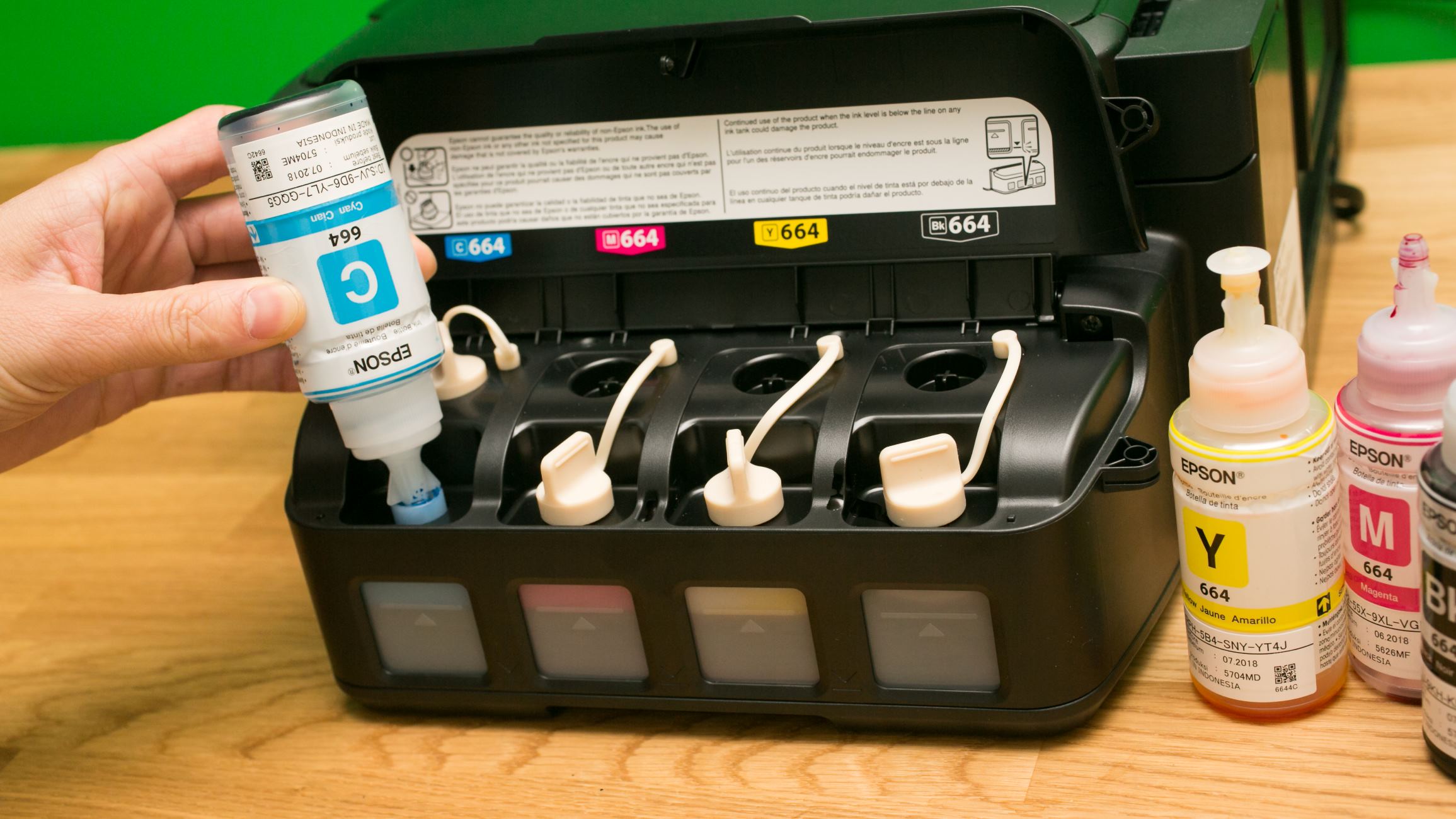
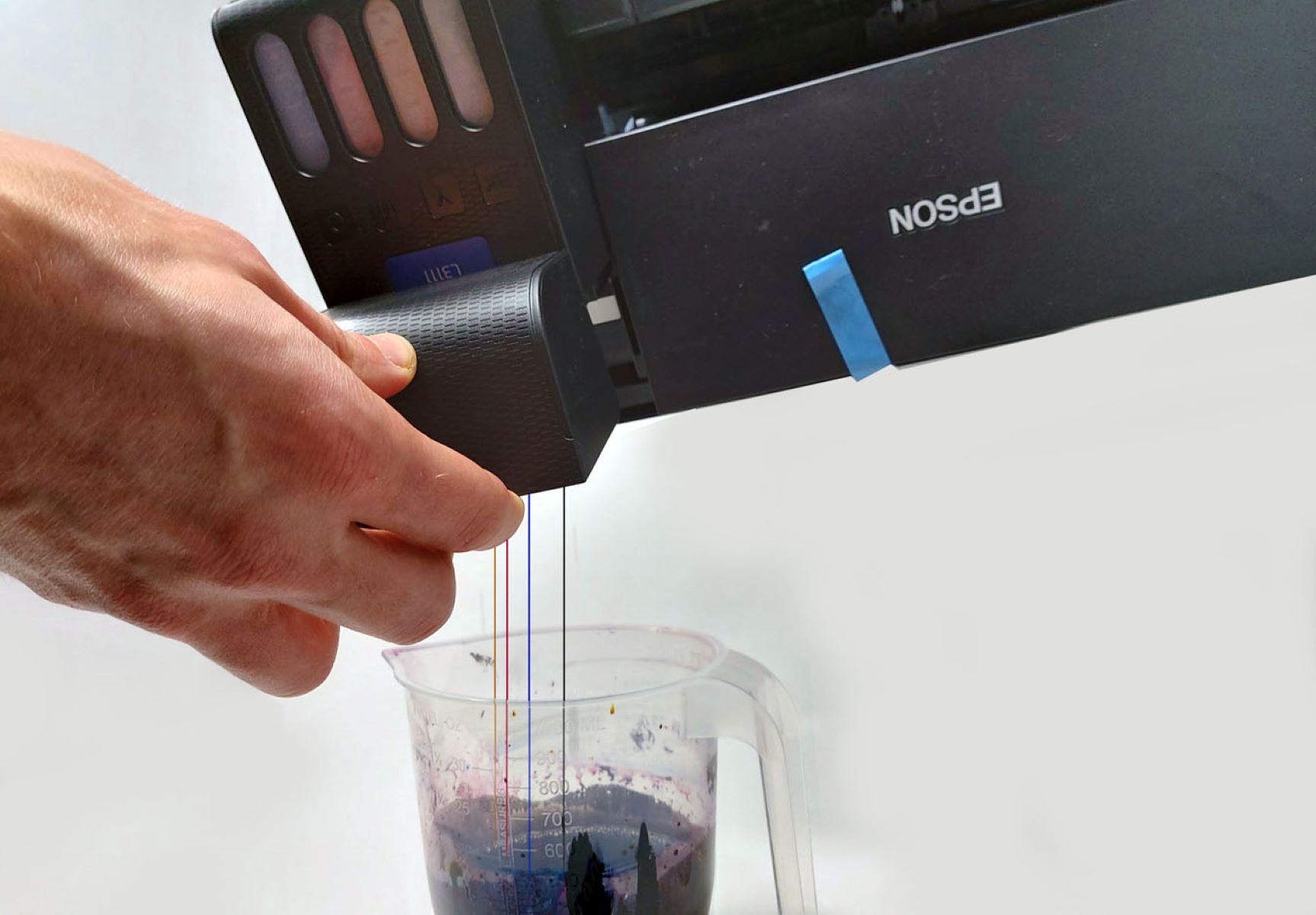
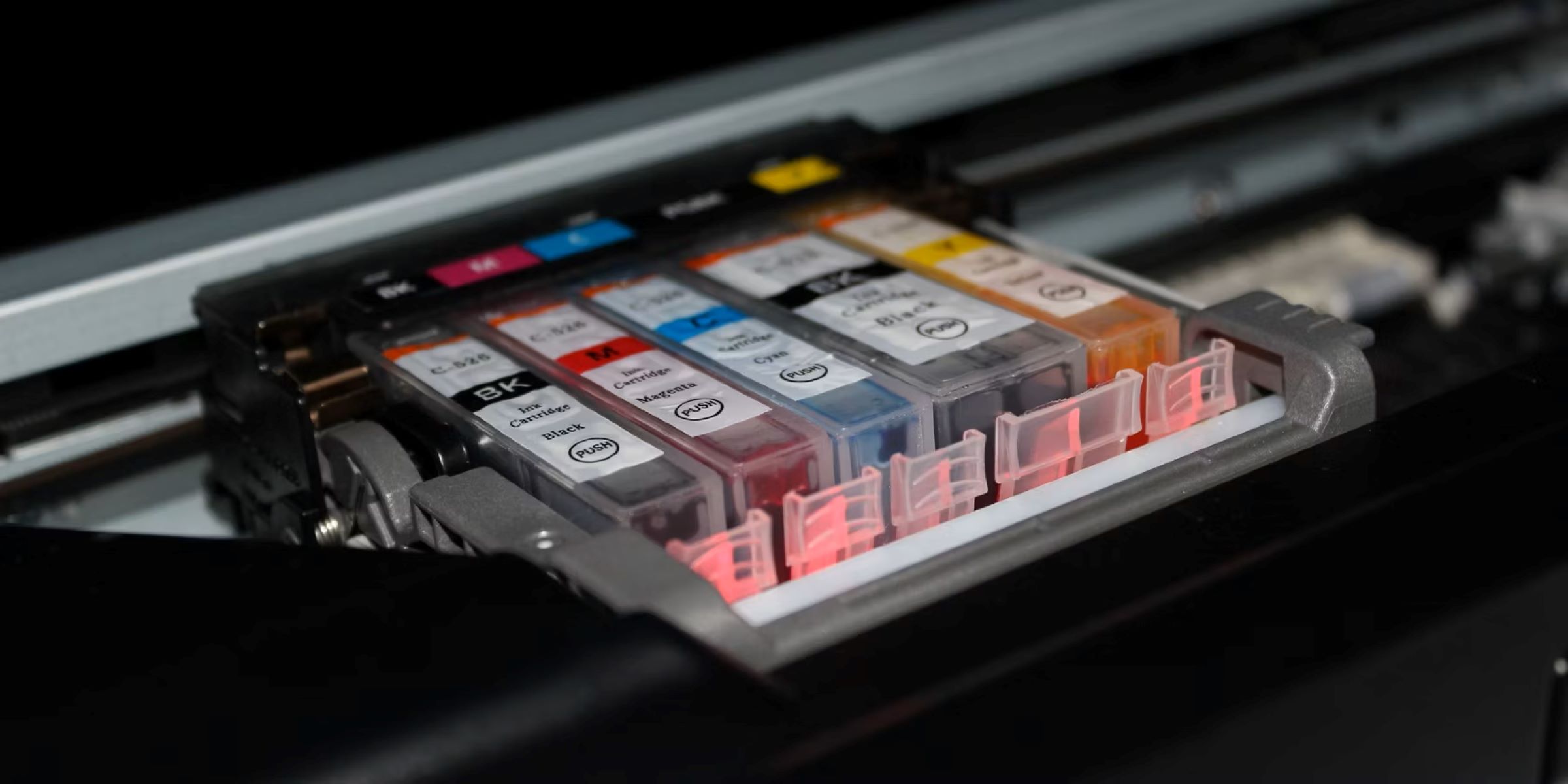
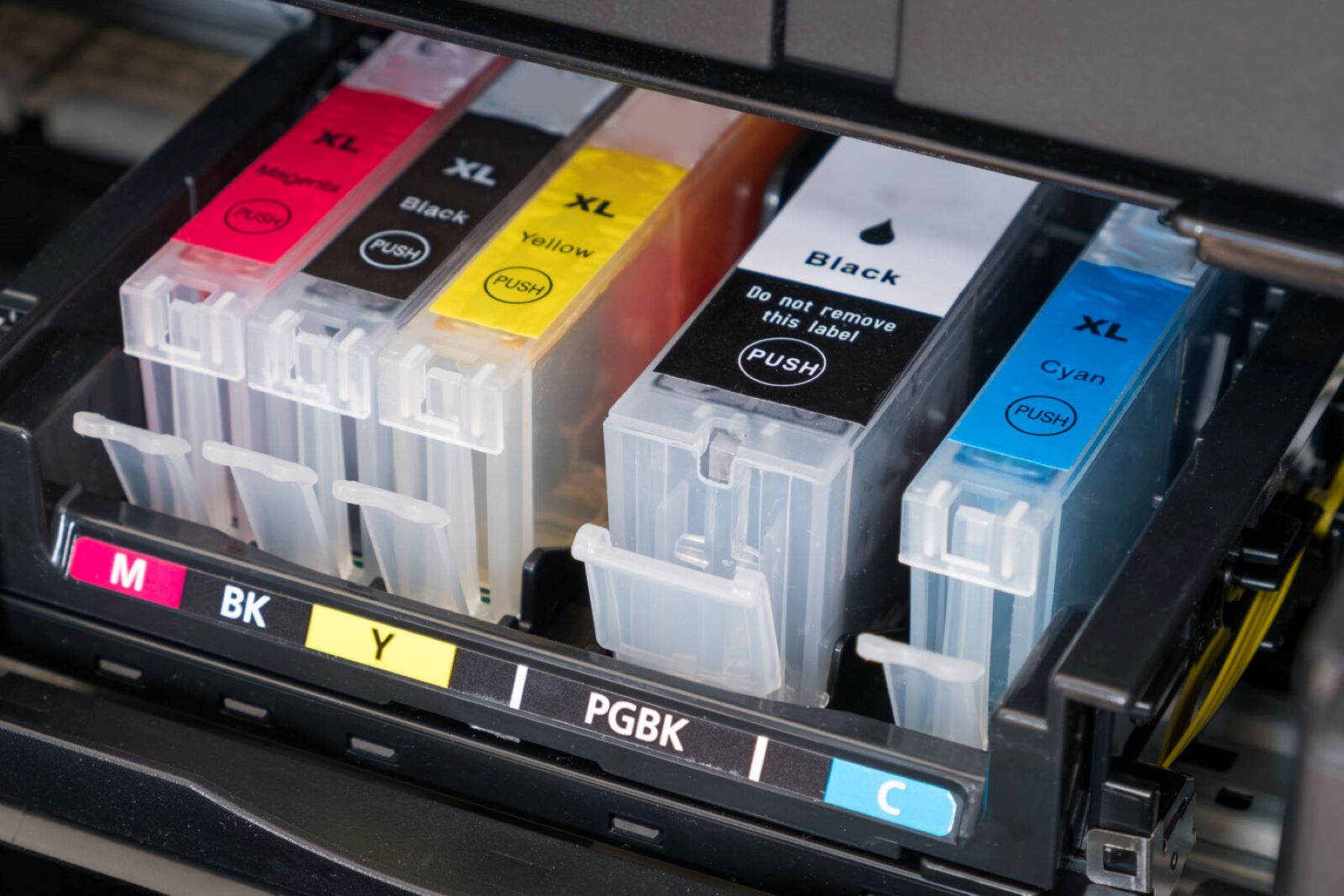
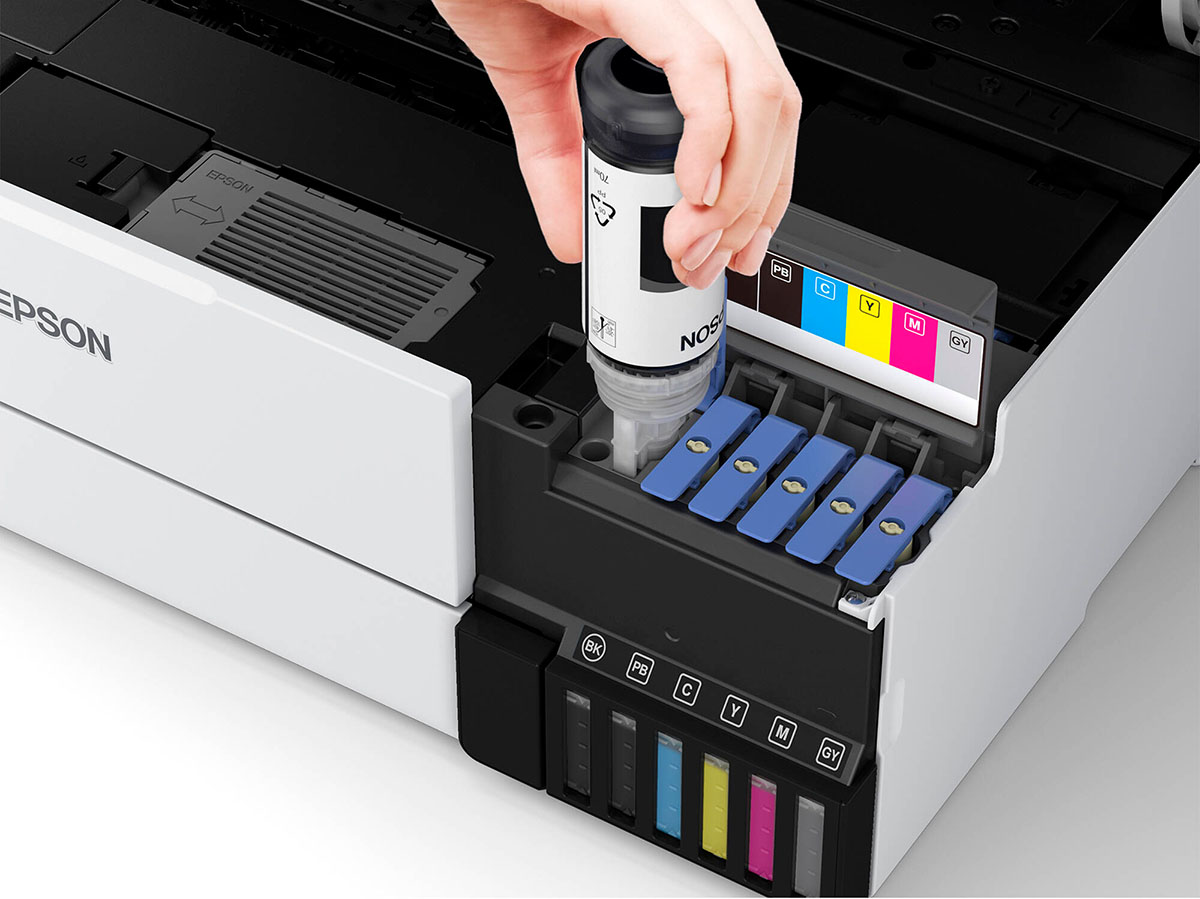
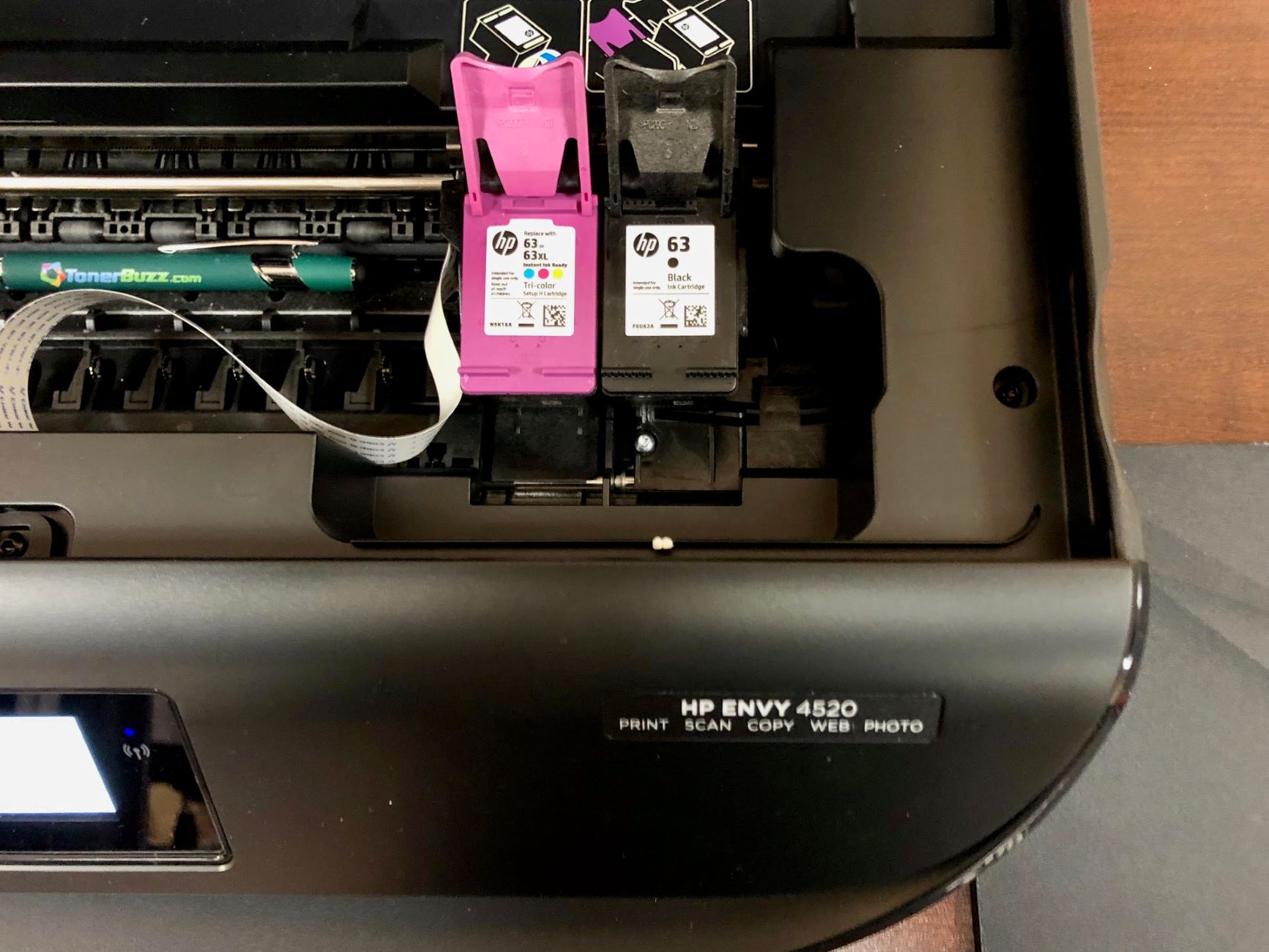
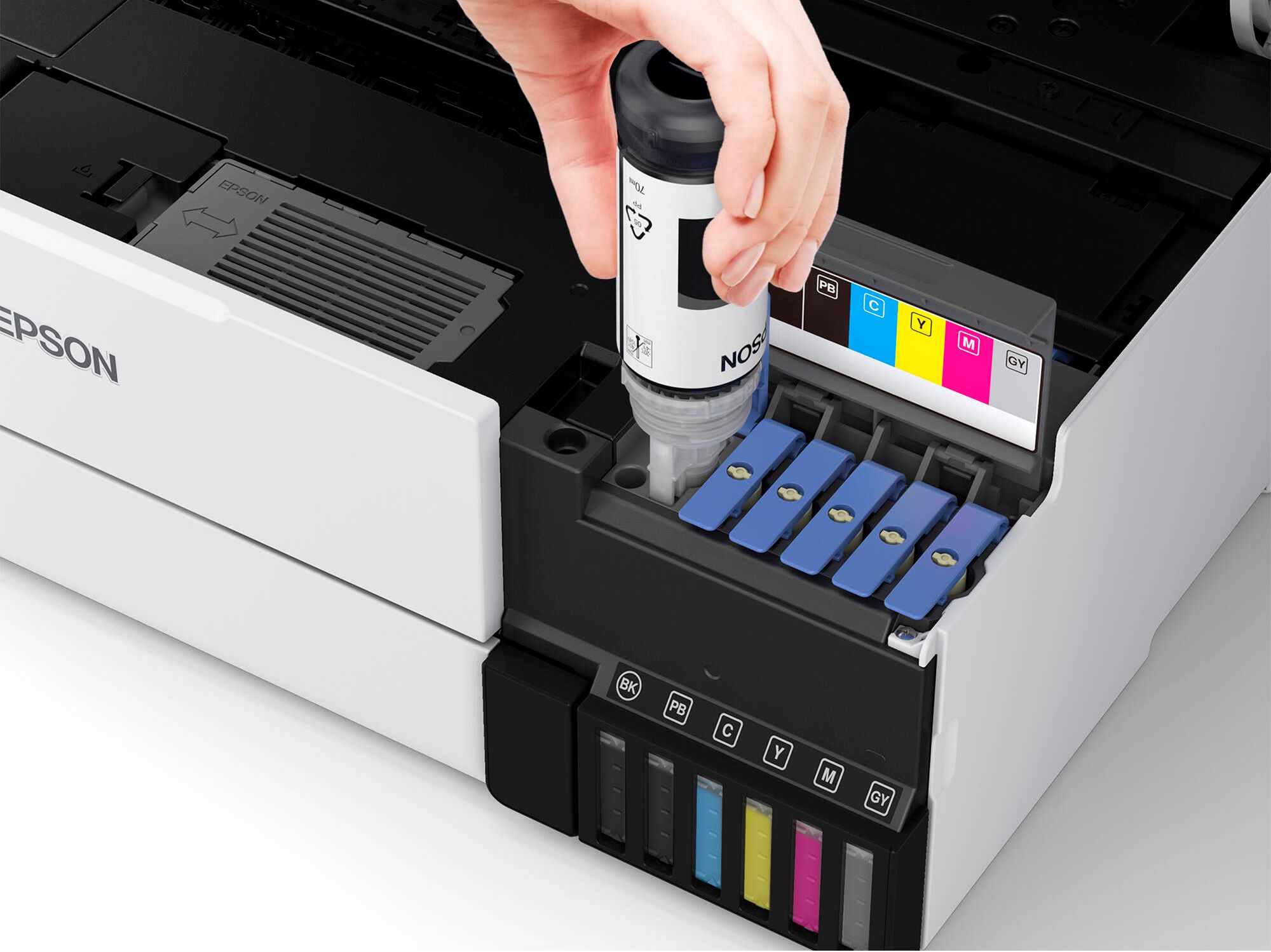

0 thoughts on “What Is In Printer Ink”